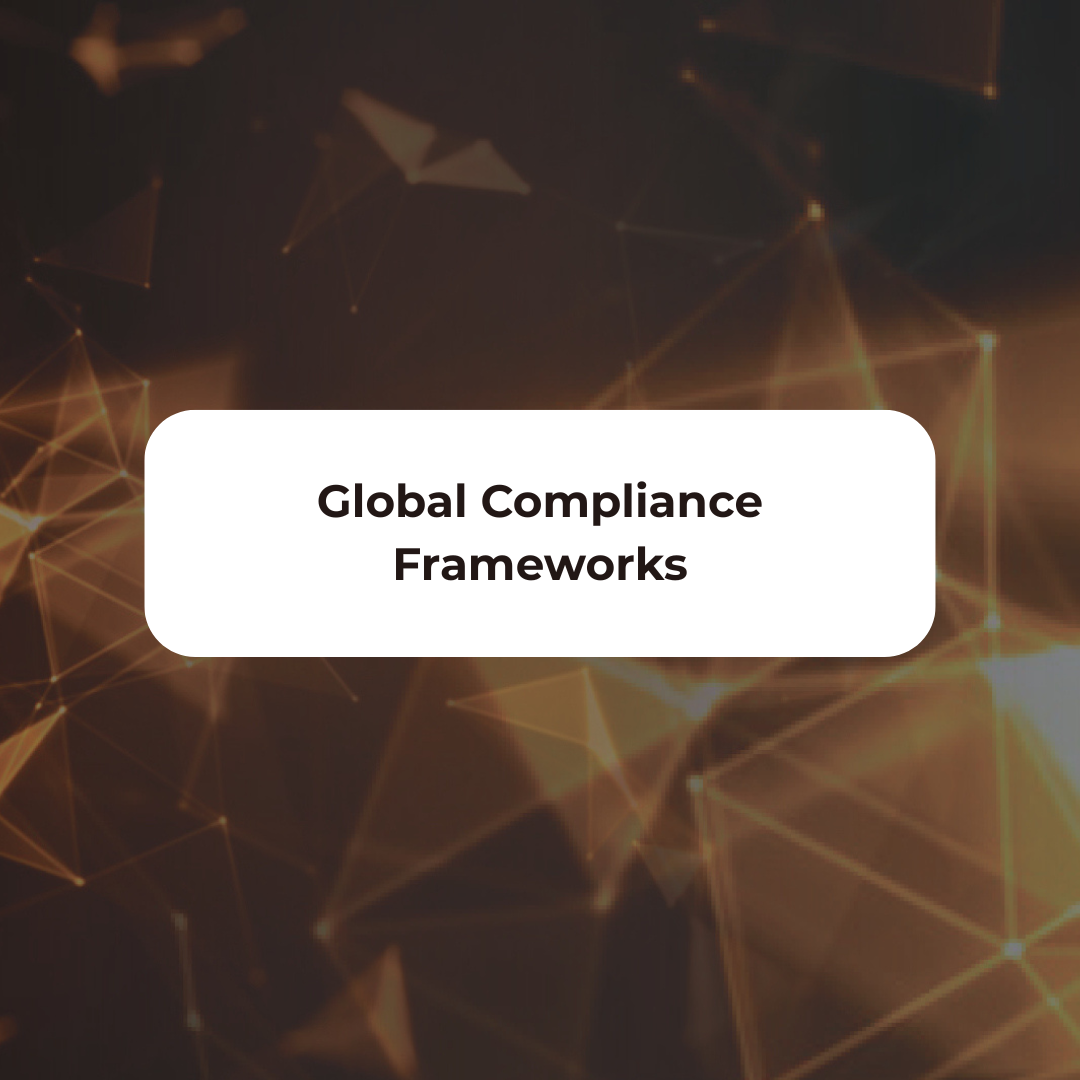Data Reporting and Governance - Insights
Actionable Intelligence from Industry Leaders: Market insights, expert interviews, and thought-provoking opinions that help you navigate industry challenges in aggregate spend reporting, global compliance and data accuracy with confidence.

Interview with Stacy Parr - Paskali
We spoke with Stacy Parr-Paskali, Lead of Transparency Operations at Takeda. In this interview she highlights her career progression from HCP event management to becoming a transparency reporting expert.
Stacy discusses key challenges in healthcare compliance data accuracy, particularly the human element that impacts reporting quality.
Session Spotlights
Navigating Aggregate Spend Reporting in a Complex Research Environment
Master techniques for accurately capturing diverse clinical trial expenditures including investigator payments and research grants. Learn optimal strategies for data collection and validation to ensure precise reporting while minimizing errors.
From Chaos to Clarity – Practical Solutions to Aggregate Spend Reporting Pain Points
Navigate the complete aggregate spend reporting cycle while learning to identify hidden risks from fragmented data sources and evolving regulations. Discover practical strategies to streamline processes, improve accuracy, and minimize compliance risks.
Mastering the Data Pipeline – Optimizing Data Flow for Streamlined Spend Reporting
Master the complete aggregate spend data pipeline while identifying critical bottlenecks. Learn techniques to connect disparate systems and foster cross-departmental collaboration. Discover proven methods to pinpoint data flow issues and leverage upstream insights to prevent costly reporting errors.
Transparency & HCP Engagement Reporting: Key Focus Areas
- Recent industry analysis reveals that pharmaceutical companies managing multi-jurisdiction compliance achieve 40% greater efficiency through integrated data frameworks.
- These organizations implement regulatory intelligence systems that anticipate requirements across emerging markets, particularly in APAC regions where transparency mandates have increased by 35% since 2022.
- By centralizing master data while maintaining jurisdiction-specific validation protocols, leading companies have significantly reduced reconciliation workloads and improved cross-border reporting consistency, positioning themselves advantageously as global transparency requirements continue to expand.
- Forward-thinking organizations have revolutionized their data pipelines through event-driven architectures that enable continuous validation rather than periodic batch processing.
- By implementing graph-based relationship mapping for HCP/HCO interactions, these companies have dramatically improved entity resolution accuracy and reduced downstream corrections.
- Real-time anomaly detection embedded at critical pipeline junctures has proven particularly effective for organizations managing high transaction volumes, with early adopters reporting substantial improvements in data quality metrics and significant reductions in last-minute remediation efforts.
- The unique complexities of research-related spend reporting have driven specialized solutions among industry leaders.
- Innovative approaches include protocol-specific allocation methodologies for shared resources and automated extraction of reportable transfers from clinical agreements.
- Organizations implementing these specialized frameworks report significantly improved accuracy in investigator payment tracking—historically one of the most challenging aspects of transparency reporting.
- These advancements prove especially valuable for companies conducting multi-site global trials where payment structures vary considerably across regions.
- Elite transparency programs now leverage predictive analytics to transform data validation from reactive to anticipatory.
- By analyzing historical reporting patterns, these systems identify potential compliance issues before they materialize, enabling proactive intervention.
- This shift from point-in-time validation to continuous quality monitoring represents a fundamental evolution in approach, with leading organizations treating data integrity as a year-round strategic priority rather than a pre-submission tactical concern.
FAQs
What is spend transparency?
Spend transparency in the pharmaceutical industry refers to the disclosure and reporting of financial relationships between pharmaceutical companies and healthcare providers, as well as the breakdown of costs associated with drug development, manufacturing, and pricing.
What is aggregate spend?
Aggregate spend tracks the total value that pharmaceutical and medical device companies provide to healthcare professionals and organizations. This includes direct payments, research funding, educational materials, travel costs, and other valuable items or services. Think of it as a comprehensive financial snapshot that ensures compliance and accountability.
What is data governance?
Data governance is your organization's blueprint for managing data effectively and securely. It's built on four key pillars:
- People: The right teams with clear roles and responsibilities
- Policies: Smart rules and guidelines that keep things running smoothly
- Processes: Well-designed workflows that ensure quality and consistency
- Technology: Modern tools and systems that support the whole operation
Together, these pillars create a robust framework that protects and maximizes the value of your data assets.










